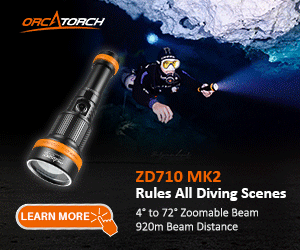The short answer is "worthless" for those kind of toy heated vests.
Do the math and figure out the heat capacity of the jacket. Most of those are small lithium cells (7.4V from two cells is pretty standard) at around 2200 mAh capacity. On high, they claim to last "a couple of hours." Using basic math, with a claimed two hour run time, that's about 8 Watts of heat. You won't even notice that on the surface. If the "on high" run time is even longer, you get even _less_ heat out of the jacket.
Heating in a drysuit requires 25 to 75 watts to be effective. I personally use a 60 watt vest I built myself. It's toasty. That kind of heat requires an external battery pack and gland through the suit to power it. I also only find I need it for long deco hangs or long scooter runs. Otherwise, I'm moving enough that the cold isn't an issue. I didn't even bother to bring it to Antarctica last spring for diving, since they were all no-deco dives, and I was plenty warm with a good set of thermals, despite a 28 degree (F) water temp.
FWIW, you also need to put the battery outside the suit for safety reasons. In the event of a suit flood, you need to be able to turn the unit off, immediately. Within the tech community , there have been some fairly serious burn cases from people not being able to shut off the vest.
If you're looking for a real solution, you need to find one where (1) the battery is outside the suit and (2) the power is actually sufficient.
There are some people that repurpose motorcycle vests with some success. However, if you go that route, avoid, like the plague, any that use the old-fashioned wire element heaters. They're built with small, thin, spaghetti like wires that go through the suit and provide high resistance, which then heats up.
The problem is that they're designed as outerwear, and the weight, pressure, and flexing of the vest/jacket as an undersuit will cause fraying or breakage of the wires - that leads to either the vest not working (good, at least you're safe) or hot spots (bad, and has caused more serious burns...) The "carbon fiber" vests are vastly superior and should be the only types you consider.
Again, YMMV, but these Brookstone style gizmos are only useful in draining your wallet, not in actually help keeping you warm - at least besides the inherent warmth of a fleece jacket.



